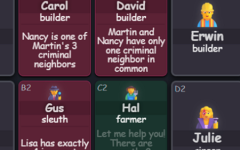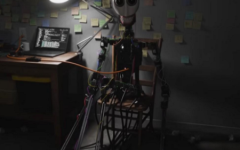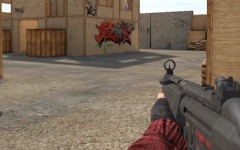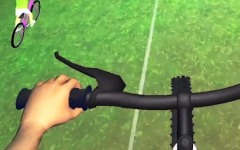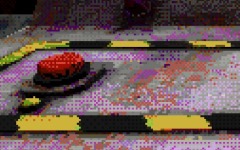Advertisement
Sprunki Swapped But Bonus 4
Advertisement

Sprunki Swapped But Bonus 4 brings a different take on character function by switching the expected sound roles across the visual interface. Instead of their original sounds, each figure now plays audio that belonged to another slot in the earlier versions. While the layout and drag system stay the same, the new assignments shift the logic of interaction. The player places a known figure and hears something unexpected, forcing them to relearn how each combination behaves.
Unexpected Loops From Familiar Faces
The core mechanic still involves building loops by placing characters into rows. But the swapped identities turn this into a guessing game where sound and appearance don’t line up. At first, combinations seem broken, but the new patterns begin to emerge with time. The audio result isn’t randomized—it’s mapped, just differently from what the player may assume.
- Drag characters into the mix panel
- Test different placements to trigger new effects
- Recognize swapped voice roles by repetition
- Reset the board to clear active sounds
- Watch for changes in background and motion
Visual Shifts Support The New Layout
Animation and background behavior are adapted to match the swapped audio. A figure might move in rhythm that no longer reflects their original voice but now follows the remapped sequence. These mismatches form a kind of pattern on their own, offering both visual and audio feedback that challenges familiarity. When more characters are placed, the rhythm builds differently than in standard Sprunki formats.
No Levels, Just Iteration
Sprunki Swapped But Bonus 4 has no menu, goals, or ending. The focus is on repetition and revision. The player clears, mixes, and tests again. Some combinations loop smoothly, others break rhythm, encouraging further trial. Over time, the user learns the system’s internal remap without needing external direction.
A Loop System With Altered Logic
What makes this version different is not its appearance but how it teaches the player to rethink expected outcomes. It avoids score, challenge, or guidance. Instead, it creates a loop system where all known inputs lead to new results. The experience is driven by curiosity—relearning what each part means when its identity has been shifted.



























































































































